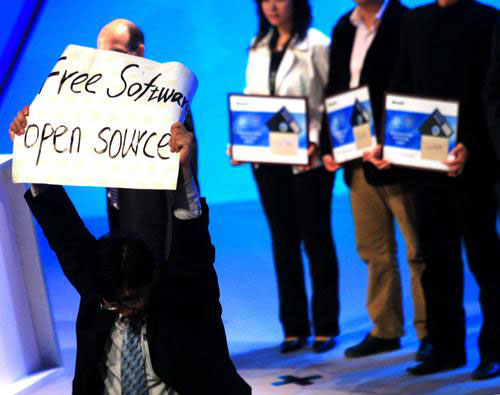Interesting NYT report…
The interesting thing is that the core auction business has gone flat, whereas other businesses they bought — like PayPal, Shopping.com and Skype — seem to be doing quite nicely.
In the first quarter, the number of auction listings increased by only 2 percent, to 588 million. But the total dollar value of merchandise sold in the auctions increased by 14 percent, to $14.28 billion.
In the PayPal unit, revenue was $439 million, up 31 percent. The total volume of payments processed — on which eBay earns a percentage fee — was $11.36 billion, up 30 percent. The fastest-growing part of this business was PayPal Merchant Services, which processes payments on sites other than eBay. That unit handled $4.38 billion in payments, up 51 percent.
PayPal Merchant Services competes directly with the new Google Checkout service, as well as offerings from several banks. Ms. Whitman said eBay had yet to see significant pressure from the Google offering.
Youssef Squali, an analyst for Jefferies & Company, said, “PayPal continues to be the rock star of that business.”
Skype, which earns money largely from fees to connect users to the telephone system, posted revenue of $79 million, up 123 percent. EBay purchased Skype in 2005 for $2.6 billion. “This is a very young business growing very fast,” Ms. Whitman said.
EBay has also increasingly been benefiting from a deal with Yahoo to sell advertising on its site. In the quarter, it had $60.5 million in advertising revenue, up 65 percent.




